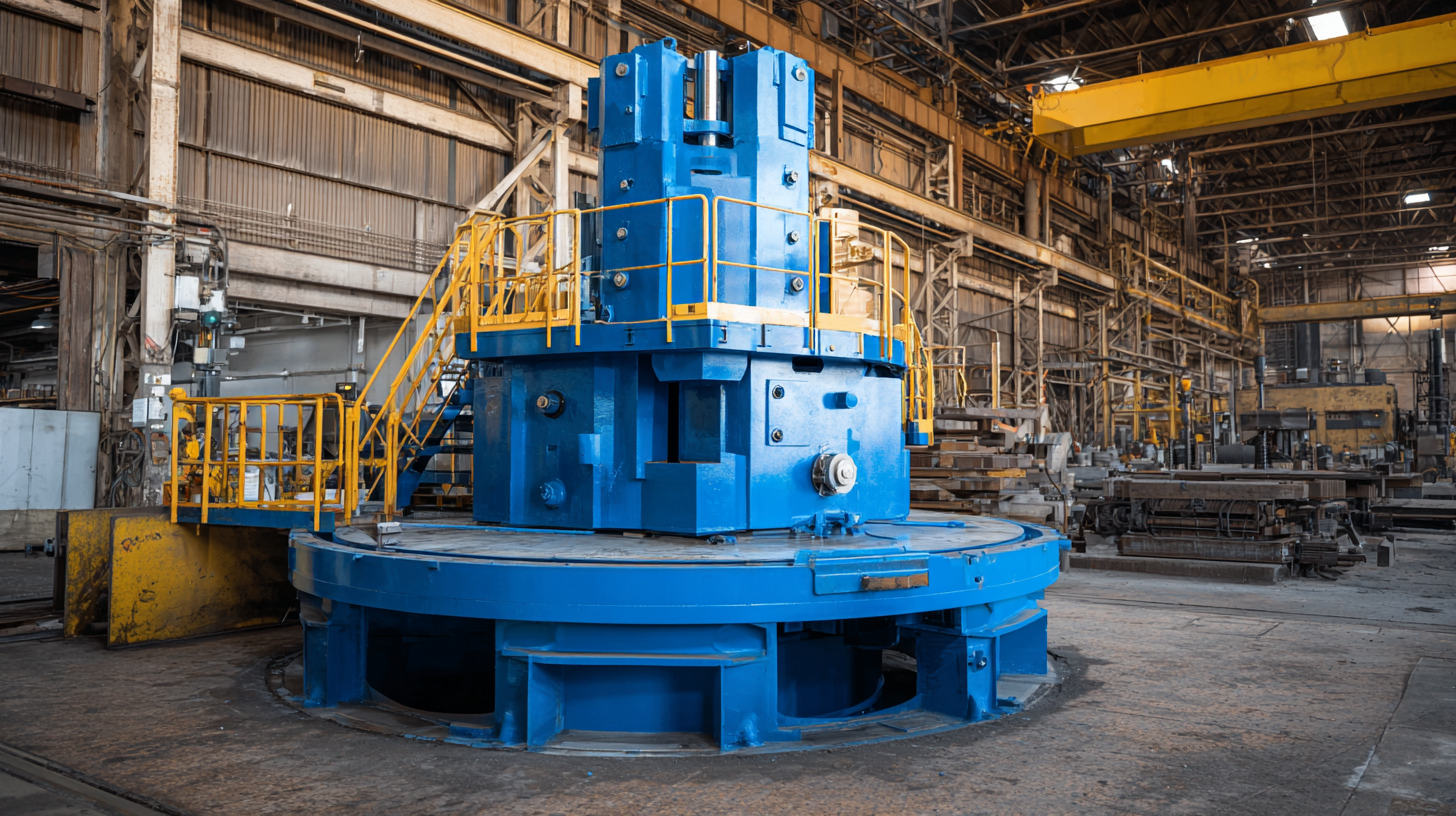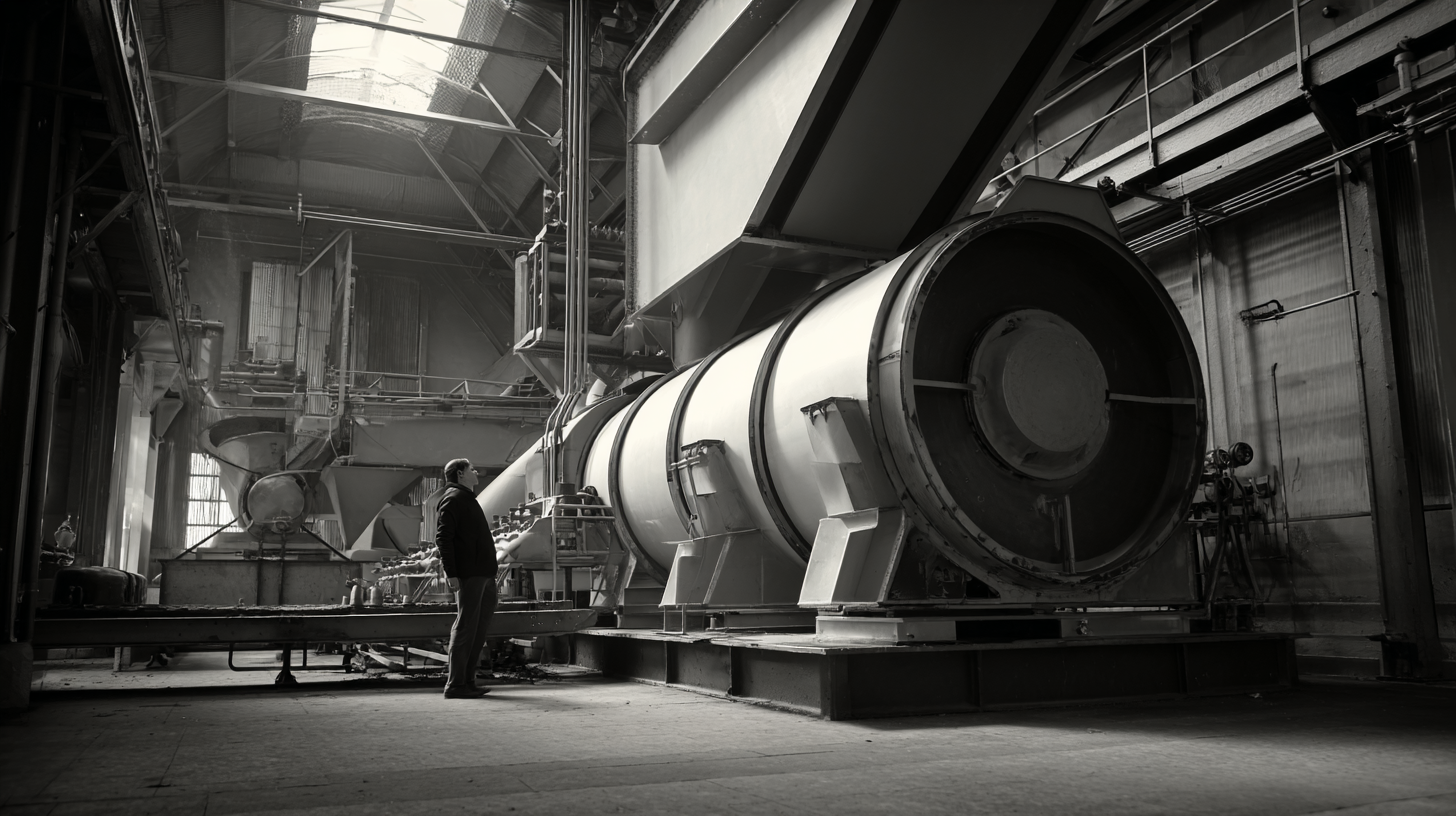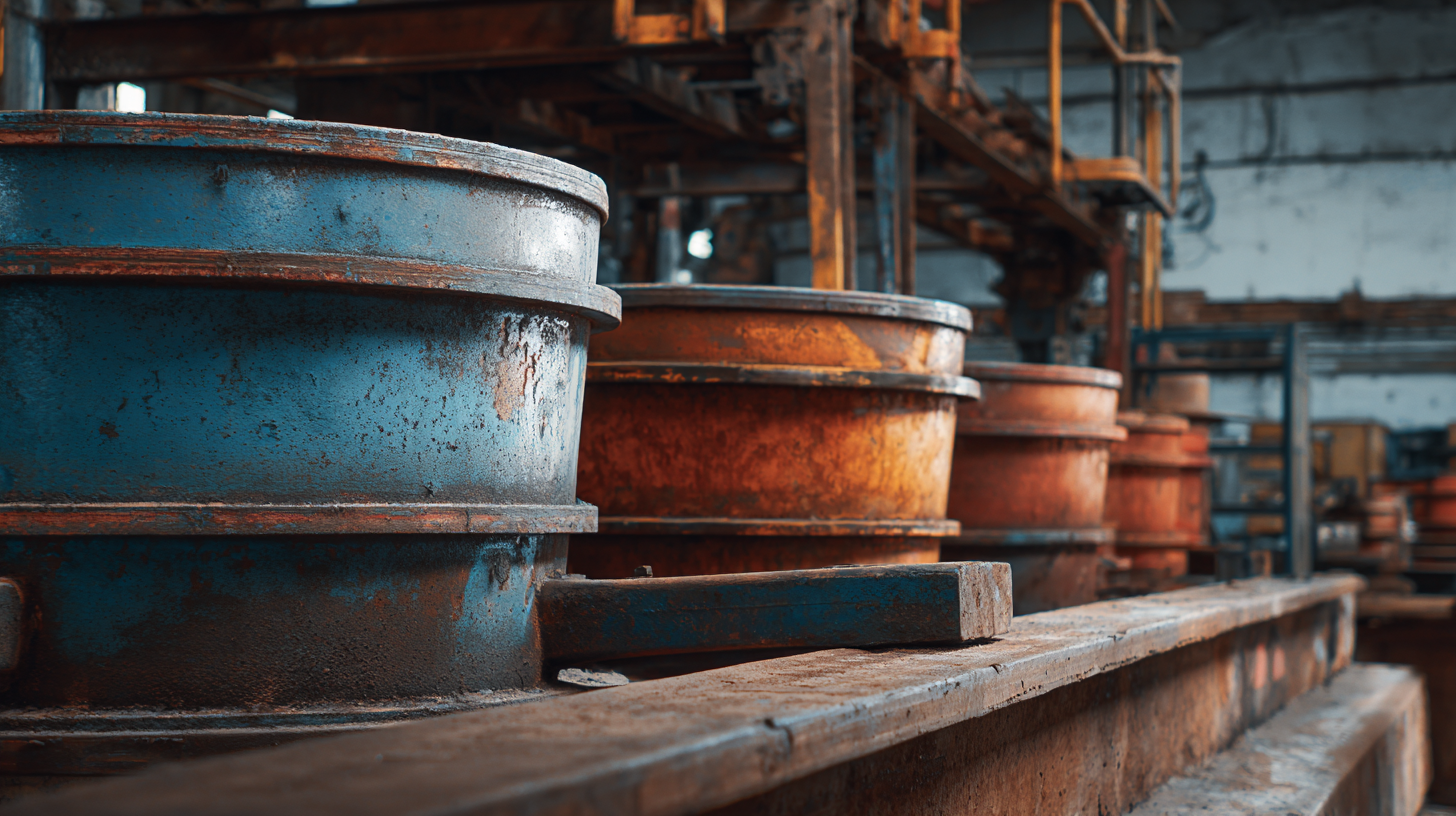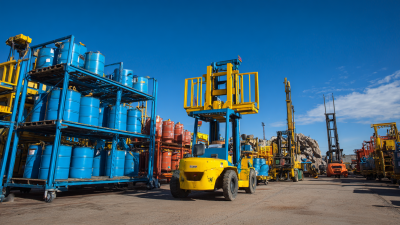How to Choose the Right Drum Tilter for Your Industrial Needs
In the dynamic landscape of industrial operations, the choice of equipment can significantly impact productivity and safety. One critical piece of machinery often overlooked is the drum tilter. According to a recent report by the Occupational Safety and Health Administration (OSHA), improper handling of drums can lead to an alarming rate of workplace injuries, with lift-related incidents accounting for approximately 25% of reported accidents in manufacturing sectors. To enhance operational efficiency and ensure the safety of workers, selecting the right drum tilter is essential. The market for drum handling equipment, including tilters, is projected to grow by 5.6% annually over the next five years, highlighting the increasing recognition of their importance in material handling processes. This article will guide you through the factors to consider when choosing a drum tilter that meets the specific needs of your industrial environment.

Understanding the Different Types of Drum Tilters Available in the Market
When it comes to selecting the right drum tilter for industrial applications, it's essential to understand the various types available in the market. Drum tilters can be broadly categorized based on their design and functionality, catering to different operational requirements. Manual drum tilters are often favored for their simplicity and low cost; they allow operators to tilt drums by hand, making them suitable for smaller operations. Conversely, powered drum tilters offer increased efficiency and ease of use, especially in environments where heavy drums are regularly handled.
Another important consideration is the capacity and size of the drum tilter. Some models are specifically designed for standard 55-gallon drums, while others can accommodate a wider range of sizes and weights. Additionally, features such as adjustable height, portability, and safety mechanisms play a crucial role in their suitability for specific tasks. Understanding these distinctions will significantly assist industrial operators in selecting a drum tilter that meets their unique needs, ultimately enhancing productivity and worker safety.
How to Choose the Right Drum Tilter for Your Industrial Needs
| Type of Drum Tilter | Load Capacity | Power Source | Weight | Typical Applications |
|---|---|---|---|---|
| Manual Drum Tilter | Up to 550 lbs | Manual | 50 lbs | Small workshops, construction sites |
| Electric Drum Tilter | Up to 1,000 lbs | Electric | 120 lbs | Manufacturing, warehouses |
| Hydraulic Drum Tilter | Up to 1,500 lbs | Hydraulic | 200 lbs | Heavy industries, automotive |
| Pneumatic Drum Tilter | Up to 800 lbs | Pneumatic | 150 lbs | Food processing, chemical handling |
| Electric Height Adjustable Tilter | Up to 1,200 lbs | Electric | 180 lbs | Assembly lines, packaging |
Key Factors to Consider When Selecting a Drum Tilter for Your Industry
When selecting the right drum tilter for your industrial needs, it is crucial to consider several key factors that can significantly impact efficiency and safety. According to the "Industrial Equipment Market Report" published by IBISWorld in 2023, the demand for drum handling equipment has increased by an annual average of 5% over the past five years, highlighting the importance of choosing the right tools to automate processes. One critical factor to consider is the weight capacity of the drum tilter. Ensure that it meets the specifications of the materials being handled, as using inadequate equipment can lead to accidents and interruptions in production.
Another essential consideration is the versatility of the drum tilter. Industries such as chemical manufacturing, food production, and pharmaceuticals often require the handling of different types of drums, including various sizes and materials. A report by the Material Handling Industry of America (MHIA) indicates that flexible handling solutions can increase operational efficiency by up to 20%. Therefore, choosing a tilter that can accommodate a range of drum sizes and designs will enhance productivity and reduce the need for multiple machines. Additionally, evaluating ergonomic features is vital, as they can help minimize worker strain and injury, ultimately leading to a safer and more productive workforce.

Evaluating Load Capacity and Safety Features in Drum Tilters
When selecting a drum tilter for industrial use, evaluating load capacity and safety features is paramount. Industrial drum tilters are designed to handle various loads, often ranging from 55 to 350 gallons depending on the model. According to a recent industry report by the Material Handling Industry Association (MHIA), ensuring that the selected tilter can accommodate the maximum load is critical, as exceeding capacity can lead to equipment failure and workplace accidents. A recommended practice is to choose a drum tilter with a load capacity that exceeds your typical requirements by at least 20%, providing an additional safety buffer.
Safety features also play a crucial role in the effective operation of drum tilters. Many models come equipped with safety interlocks and emergency stop buttons, which are essential for preventing accidents during operation. The Occupational Safety and Health Administration (OSHA) mandates specific safety standards for material handling equipment, including features such as anti-tilt mechanisms that prevent the drum from tipping during transport. In fact, reports indicate that businesses that prioritize safety features in their equipment see a 30% reduction in workplace injuries, underscoring the importance of not only capacity but also robust safety measures in drum tilting solutions.

Assessing the Compatibility of Drum Tilters with Your Existing Equipment
When selecting a drum tilter for industrial applications, it's essential to assess its compatibility with existing equipment to ensure efficient operations and worker safety. Many facilities are now prioritizing ergonomics, implementing solutions that mitigate the risk of musculoskeletal disorders (MSDs). A suitable drum tilter not only enhances productivity but also promotes a healthier work environment by reducing the physical strain on employees when handling heavy containers.
When evaluating potential drum tilters, consider factors such as weight capacity, mobility, and ease of integration with current lifting systems. It’s important to ensure that the new equipment works harmoniously with existing tools and machinery to avoid interruptions in workflow. Additionally, ergonomic designs can further reduce the risk of injuries, contributing to a more sustainable and productive workplace. Companies that have adopted these ergonomic solutions have reported reductions in worker injury rates and improved overall morale, showcasing the importance of choosing the right equipment tailored to their specific industrial needs.
Budgeting for Your Drum Tilter: Cost vs. Quality Considerations
When budgeting for a drum tilter, striking the right balance between cost and quality is essential for industrial applications. The market offers a wide range of drum tilters that vary significantly in price, with cheaper models sometimes lacking the durability and reliability needed for heavy-duty use. Investing in a high-quality drum tilter can lead to long-term savings by reducing the need for frequent replacements and minimizing downtime in operations.
It's also important to consider the specific requirements of your workplace when selecting a drum tilter. Features such as weight capacity, ease of use, and safety mechanisms will affect both the price and performance of the unit. While it may be tempting to choose a more affordable option, considering the total cost of ownership—including maintenance and potential operational impacts—will provide a clearer picture of which tilter best meets your industrial needs without compromising quality.
Drum Tilter Cost vs. Quality Analysis
This chart illustrates the cost comparisons among low, mid, and high-range drum tilters, helping you make an informed decision based on your industrial needs and budget considerations.
Related Posts
-

7 Secrets to Choosing the Best Drum Truck for Your Business Needs
-

Innovative Material Carts Designs That Enhance Warehouse Efficiency
-

A Comprehensive Comparison of Drum Lifters and Tilters Efficiency in Industrial Applications
-

Benefits of Optimizing Your Warehouse with Best Handling Equipment
-

Ultimate Checklist for Choosing the Best Handling Equipment in Your Warehouse Operations
-

Discover the Finest Forklift Drum Dumpers from China's Leading Manufacturing Facility
